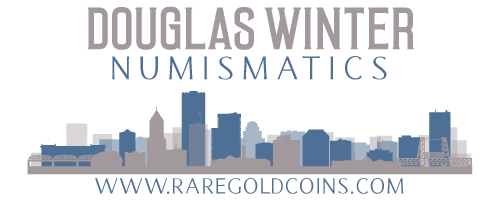Importance of Expert Assistance During Auctions
/A recent auction experience reminded me why it is so important to view coins in the proper condition(s) and why it is so important for collectors to have an expert look at auctions lots for them. At the 2006 FUN show I was walking by the table of a West Coast auction firm who happened to have a group of coins on display for future sales. Included in this group was an early gold coin that was a major rarity and which had an excellent pedigree. I excitedly called a client of mine who I knew would be interested and told him about the coin. I hurriedly viewed it without magnification and using harsh convention center lighting. It looked magnificent to me and I relayed this to my client.
At another show a few months later, I looked at the coin again. It still appeared to be nice.
Prior to the June Long Beach sale, I touched base with my client and reminded him about the impending sale of this coin. Was he still interested? Very. Was he willing to pay what I felt he would have to in order to own this great coin? He said he was.
I viewed the coin again but this time with a 5X glass and using my special coin light that I bring with me to auction viewing rooms. As I tilted the coin into the light and rotated it on its axis, something looked wrong. I checked the coin again and realized that it had, in fact, been subtly wiped many years ago. To the naked eye, the coin looked like a virtual Gem and I had wondered why it was only in an MS62 holder. And given its impeccable pedigree, it had to be a great coin. Right?
Well it was a great coin. But it wasn’t going to upgrade and it did have a subtle but definite problem that might well have made it difficult to sell down the road. And I shuddered thinking about what would have happened if my client bought it and had me crack it out in an attempt to upgrade it. The coin might have wound up in an MS63 or even an MS64 holder. Or, it might have no-graded and we would have had a five-figure problem.
What’s the moral of this story? There is no possible way that the problem that this coin had could have been determined without seeing it in person. And even seeing it in person, it was very hard to detect the wipe lines with a good glass, a good light and an expert’s eyes looking at it. Considering that this coin was worth well north of $100,000 it presented a unique set of circumstances that I feel could only have been properly handled by a very knowledgeable dealer.










